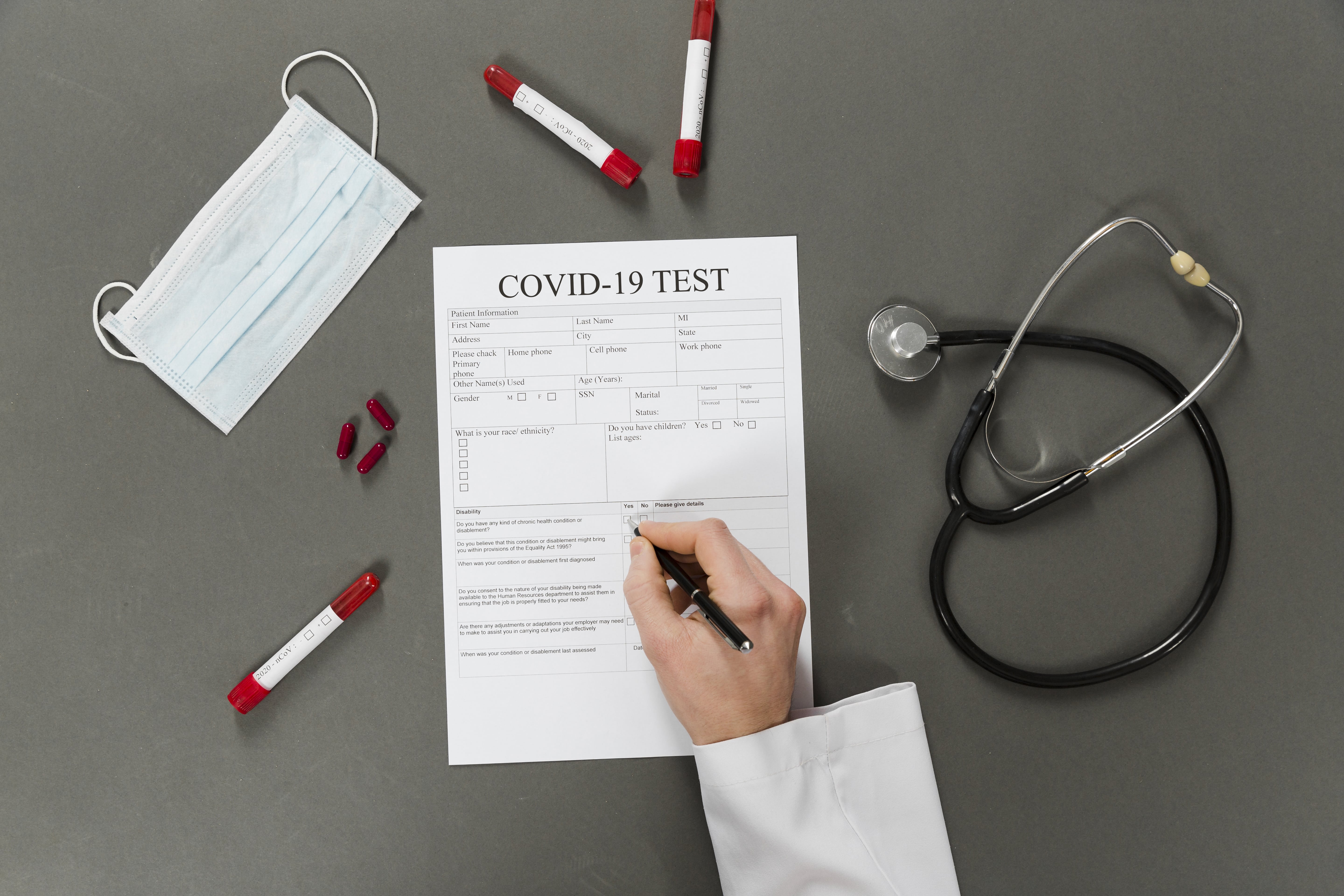
The Research Team from Diponegoro University has developed a mechanism to suppress the spread of the new corona virus or SARS-CoV2 by using cold plasma technology. Cold plasma technology is a new hope for cleaning the air from various organisms, including the virus that triggers Covid-19. The latest information from WHO, this virus is able to spread through the air, especially in closed rooms such as offices, schools and other public facilities.
Plasma is often referred to as the fourth form of matter after solid, liquid, and gaseous, which was first described by Irving Langmuir, in 1928. To understand this material, imagine a block of solid ice that is heated. Of course the ice blocks turned into liquid. On further heating, this liquid will turn into a water vapor or gaseous state. What happens when the temperature is raised again? If the temperature gets higher, the nucleus of atoms or ions and electrons from the gas will separate to form a material called plasma. Even though it is similar to a gas that does not have a fixed shape, plasma is very reactive and will form a filamentous structure or light emission when influenced by an electromagnetic field.
One of the pioneers of plasma development in Indonesia is the Undip Center for Plasma Research (CPR), which was initiated by Muhammad Nur since 1998 when he returned to his master and doctoral school from Joseph Fourier University, Grenoble, France, with a focus on studies on plasma technology.

As for cleaning the room air, they developed a portable device that is able to suck air and flow it into a cold plasma reactor. “All polluting particles that pass through the plasma reactor will be shredded or destroyed, the dirt decays and settles at the bottom of the equipment and what comes out is in the form of clean air,” said Azwar, Director of PT Dipo Technology.
According to Nur, there are currently many manufactured products circulating that claim to clean rooms with plasma technology, but most of these products use ultraviolet technology instead of cold plasma. “As far as we know, no one has drawn air and flowed it into the cold plasma reactor like we did. Cigarette smoke and other unpleasant odors in the room that are sucked into the reactor are then broken down into carbon which decays into dust so that oxygen comes out. The longer our equipment operates, the fresher the indoor air will be, ”he said.
According to test results at the Undip Integrated Laboratory’s Technical Implementation Unit (UPT), this cold plasma equipment can reduce bacteria by 53 percent and fungi by 61 percent from a room with a volume of 96 cubic meters after being turned on for an hour. Within three hours, this can reduce bacteria by 83 percent and fungi 80 percent. Even though it has not been tested for the virus, theoretically Nur believes that the equipment he created could reduce the risk of transmission of SARS-CoV-2 which shocked the world.
Image Source: Freepik.com
